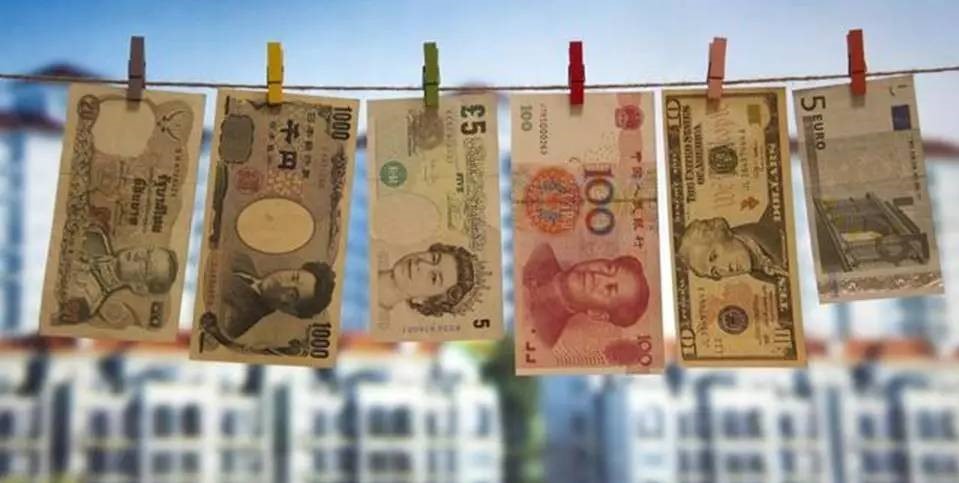Reform and opening up underpins RMB internationalization

On July 14, the 2018 RMB Internationalization Report was released in Beijing. The report found the RMB had gradually recovered from previous shocks and negative forecasts to maintain stability in the global monetary system.
From July 14 to 15, the 2018 International Monetary Forum was held in Beijing. This year’s theme is “A New Journey of Reform and Opening Up—History and Future.” At this forum, the 2018 Renminbi (RMB) Internationalization Report was released, subtitled “International Coordination of Macroeconomic Policies in Structural Changes.”
Liu Wei, president of Renmin University of China, said that over the past 40 years, the Chinese economy has undergone a remarkable transformation. In 2010, China surpassed Japan to become the second-largest economy in the world and has maintained this position ever since. Also, China’s share of global GDP was around 2 percent 40 years ago, but it now stands at about 15 percent. The impact of China’s economy on the world’s and vice versa are both radically different compared to when reform and opening up began.
According to the report, RMB internationalization is a process by which the RMB gradually evolves from China’s sovereign currency into a major international currency. Currently, the international monetary structure is simultaneously hegemonic and multipolar. The US dollar is dominant, but it exists alongside other currencies used for global settlement.
The international market has become accustomed to using the US dollar and the euro. Therefore, China still has a long way to go in terms of challenging this established practice, forming a network in which the RMB is widely used, and ultimately having its currency achieve a status matching the country’s strength in economy and trade.
The report also reviewed the achievements China has made since it proposed to build the Belt and Road. This year marks the fifth anniversary of this initiative. In the five years, a new domestic development vision—innovative, coordinated, green, open and inclusive—has been established. Guided by this concept, a thorough and profound supply-side structural reform is unfolding in China. China has also been exploring new models for international coordination which can work across regions, cultures and development stages. As more projects are implemented and cooperation rules such as technical standards are formulated, the China-led innovative coordination mechanism, which can help redress the global economic imbalances, has yielded initial success. In the future, it will surely make even more “China’s contributions” to achieving more equitable, balanced and stable growth of the world’s economy.
“Overall, the RMB internationalization in 2017 gradually recovered from previous shocks and negative anticipations, maintaining a stable status in the global monetary system,” according to the report, suggesting a positive year for the global economy, recovery in trade and investment, stronger growth momentum of developed economies and stabilization in emerging markets.
The Chinese economy has remained robust under the enormous pressure of transformation and upgrading. The new growth momentum is stronger and economic performance is better than expected. The IMF raised its forecast for China’s GDP growth four times in the year 2017. The improved national strength and deepened reform and opening up have consolidated the basis for RMB internationalization. On this basis, the policies and infrastructure of cross-border RMB use have been improved, making offshore RMB settlement more convenient.
(edited by SHAO YIJIA)
